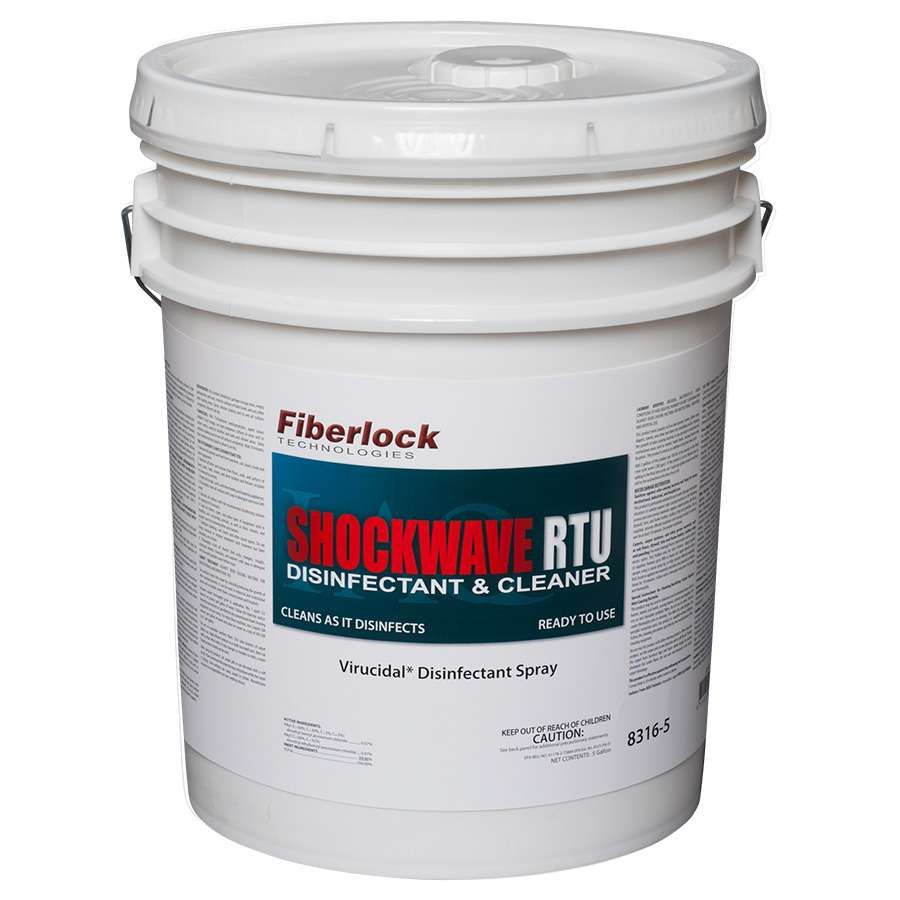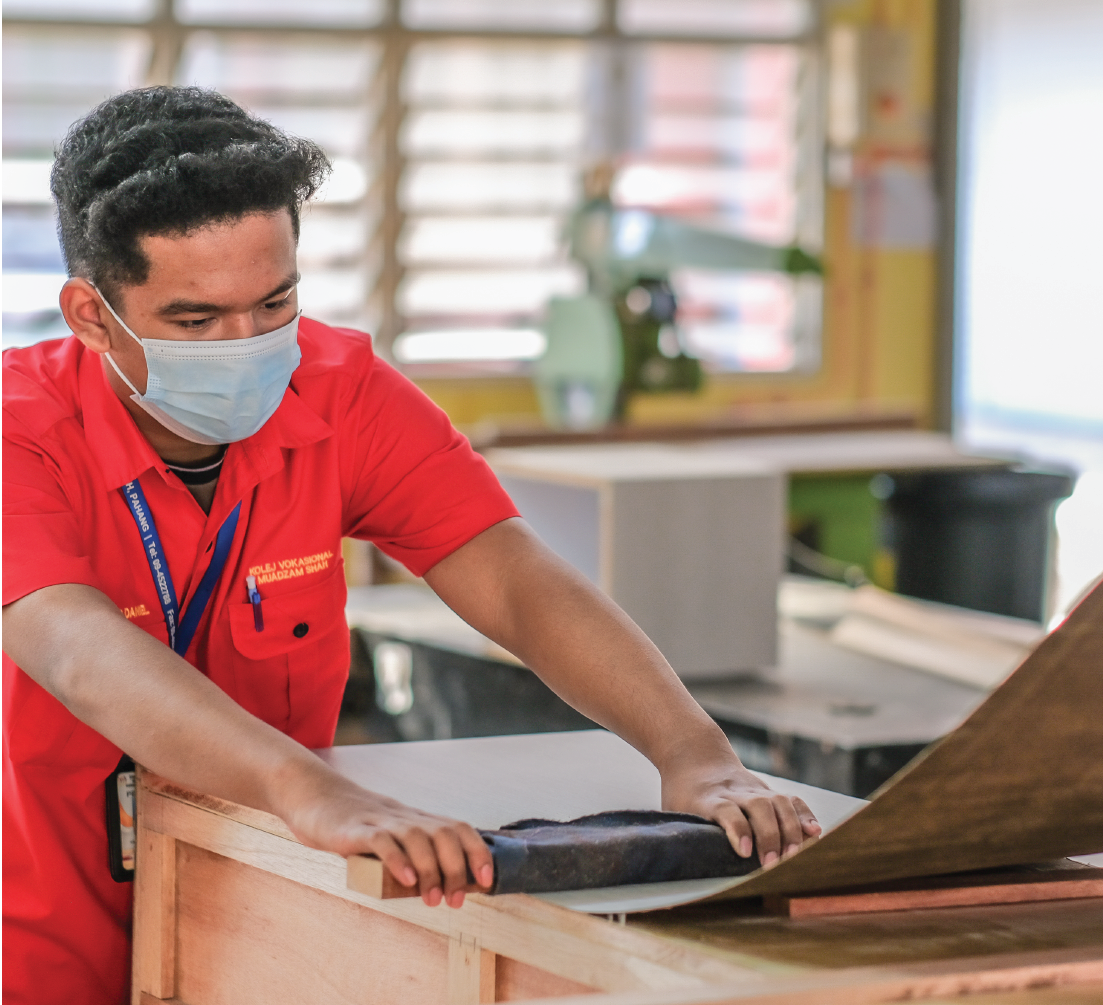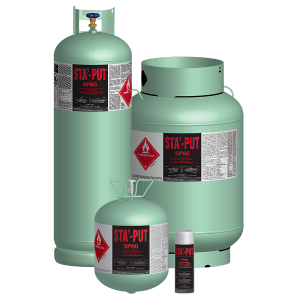
Creating a School Disinfection Plan: 5 Steps
The CDC has given school administrators the incredible task of reopening schools while protecting students, faculty, and staff from the spread of COVID-19. From securing PPE to finding enough space for students, there are countless challenges ahead. One of the most important tasks is developing an effective school disinfection plan.
The CDC and state governments have given schools the mandate to disinfect their facilities to contain the spread of COVID-19. But these mandates have come with little funding or resources. These organizations haven’t provided guidance to answer school administrators’ most important questions:
- How do I disinfect my school?
- How frequently do I need to disinfect?
- What products are safe to use around students?
- Where do I event start?
While there is a great deal of confusion about how to disinfect school facilities, its importance cannot be overstated. Disinfecting is the only through-line in CDC guidance on combating COVID. Fortunately, with the proper resources, guidance, and supplies, you can comply with mandates for disinfection and protect your school community. To do this, you’ll need to develop both an effective prevention plan and a response plan that serves as the backbone of your COVID-19 preparedness.
Prevention Plans And Response Plans
To safely reopen your school, you’ll need two disinfection plans: one for routine prevention, and one for emergency response.
Your prevention plan is the disinfecting routine you use to combat the spread of COVID-19. The goal of this plan is to regularly disinfect surfaces to reduce, as much as possible, the potential for the virus to spread.
In contrast, the response plan is the measures you deploy if an individual contracts COVID-19. This involves closing off all areas used by the sick individual(s) and cleaning and disinfecting before opening again for use.
In your efforts to combat COVID-19, you’ll need to develop both of these plans and shift between them to respond to circumstances at your school. Based on everything we’ve seen, the only solution that works is a thoughtful disinfection plan. One that you maintain religiously and intensify if people get sick.
Developing a Disinfection Plan: 5 Steps
Understand Your Mandate
Before creating your disinfection plan, it’s worth starting with a high-level look at the legal mandates impacting your school reopening. If any members of your community get COVID, you’re going to have to prove that you understood these mandates and disinfected at an adequate frequency and in accordance with guidelines.
Disinfection requirements are universal for each type of school, but state or local regulations may differ. Because of this, an effective way to develop disinfection plans is to understand the mandates affecting your school and build a plan around addressing those requirements.
Select a Disinfectant
Like many areas of COVID-19 preparedness, disinfectant selection is clouded by misinformation. There are hundreds of products on the market that claim to disinfect surfaces, but many of them aren’t known to be effective or approved by the EPA.
When you’re responsible for the safety of hundreds of students, there’s no room for experimental products. You can forget about unapproved disinfectants that rely on methods such as UV lights and ozone. Liquid disinfectants are the only method the EPA and CDC have endorsed consistently throughout the pandemic. You’ll also want to avoid electrostatic sprayers and foggers with are not recommended by the EPA.
While there is a lot of misinformation out there, it is possible to identify suitable disinfectants if you know what traits to look for.
Your disinfectant needs to meet these five requirements:
- Has the term “disinfectant” on the label.
- Has a dwell time of at least ten minutes.
- Is a ready-to-use (RTU) product
- Is water-based.
- Is listed on EPA List-N for use against SARS-CoV-2, the virus that causes COVID-19
For information on which disinfectants are EPA approved, reference List N: Disinfectants for Use Against SARS-CoV-2 (COVID-19).
Conventional Vs Botanical
Another consideration in product selection is whether to use a conventional or botanical disinfectant. Conventional disinfectants like the Shockwave RTU are made using time-tested active ingredients which are synthetic chemicals that deactivate viruses on surfaces. Many of the N-Listed disinfectants are quaternary ammonium-based products, or “quats”. Quats have been proven safe and effective for many years and have been used extensively in past epidemics such as Ebola, SARS, and H1N1.
Botanical Disinfectants, such as the Benefect Decon 30, are made from natural plant-based chemicals, not synthetic chemicals. While they are not all created equal, some botanical disinfectants are just as effective as conventional disinfectants but without the harsh chemicals which can be irritating to sensitive individuals, people with certain medical conditions, or young children. Because these products are made from plants, they are safe for food surfaces and can be used on these surfaces without rinsing afterward. Because of their safety, they are also free of warnings and precautionary statements and can be applied without PPE requirements. The Decon 30 can even be used to disinfect children’s toys. Lastly, these products are much better for the environment as they are readily biodegradable and have no aquatic toxicity.
Botanical disinfectants are often more expensive than their conventional counterparts so it might not make sense to use a botanical product across the board. For many schools, the best approach might be to use a conventional disinfectant throughout most of the building and use a botanical disinfectant in areas with very young children or on desks or other surfaces where food will be eaten.
Select a Delivery Method
Once you’ve selected a disinfectant, you’ll have to consider how you’re going to apply it.
For smaller-scale applications, trigger spray bottles, wipes, and pump-up or lithium-ion battery sprayers are a good option.
Whichever method you use, you’ll also need to adjust the delivery method for the size of the space. For example, if you needed to disinfect a large area, like a gymnasium, you might use a delivery method that applies the disinfectant at a larger scale. For large-scale applications, airless sprayers, such as the Titan Impact 410, are far and away the most logistical, effective delivery method. For smaller spaces, there are also portable handheld versions of these sprayers made by equipment manufacturers such as Titan or Graco.
If you’re unsure of which delivery method to use, check with your distributor for advice on what method to use with the disinfectant. Chemical Concepts’ technical team can also offer assistance on application methods.
Identify Disinfection Frequency
When developing a disinfection plan, you’ll need to decide how regularly you’ll apply the disinfectant. In addition to determining the effectiveness of your program, application frequency also has an impact on labor and materials costs.
So how frequently should you disinfect your facilities?
A general rule is to disinfect a surface any time there’s a change in the person using it. In schools that have hundreds of adults and students sharing the same spaces and supplies, this means a lot of disinfection.
The Pennsylvania Department of Education’s reopening guidance provides a clear picture of what this will look like for most schools:
- Clean and disinfect frequently touched surfaces and objects within the school and on school buses at least daily, including door handles, sink handles, and drinking fountains.
- Disinfect buses after each run. Thoroughly clean and disinfect buses daily.
- Clean spaces when used by different groups or cohorts of students.
- Clean and disinfect bathrooms frequently throughout the day.
- Disinfect shared equipment before and after use.
- Clean and disinfect plastic and metal playground equipment, particularly high-touch surfaces such as railings, handles, etc., frequently and routinely throughout the day.
Maintain Continuity of Supply
Disinfectants have the same material challenges as gowns, gloves, and goggles. One interview or press conference can cause the supply to be wiped out. There’s no telling what the next few months will hold. We very well could see another wave of shortages of products for combating the coronavirus. That’s why continuity of supply is so important.
If you develop your disinfection plan around products that manufacturers can’t keep in stock, you’ll have to rethink your entire strategy if there are supply chain issues. To avoid this problem, many schools are turning to established manufactures that are able to provide dependable access to disinfectants.
Conclusion
If 2020 has shown us anything, it’s that coronavirus preparedness changes constantly. And while reopening a school poses many challenges, the best way to protect your community from COVID-19 is to develop a rigorous disinfection plan and maintain it for the foreseeable future.
Chemical Concepts supplies disinfectants from the world’s leading manufacturers and our application experts can help you with product selection, application, and implementation of your disinfection program. Contact us today for more information!


